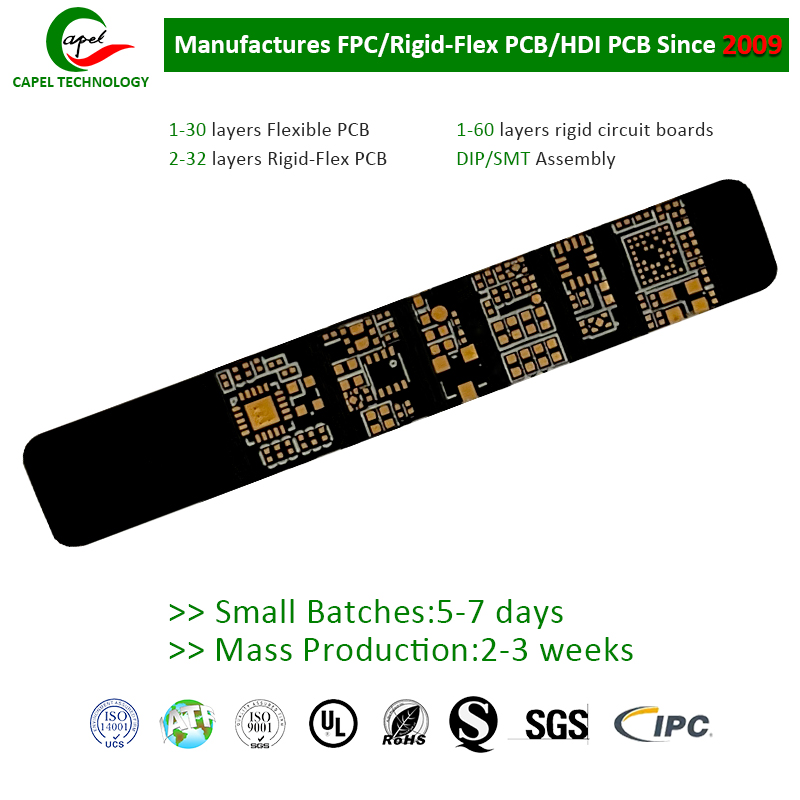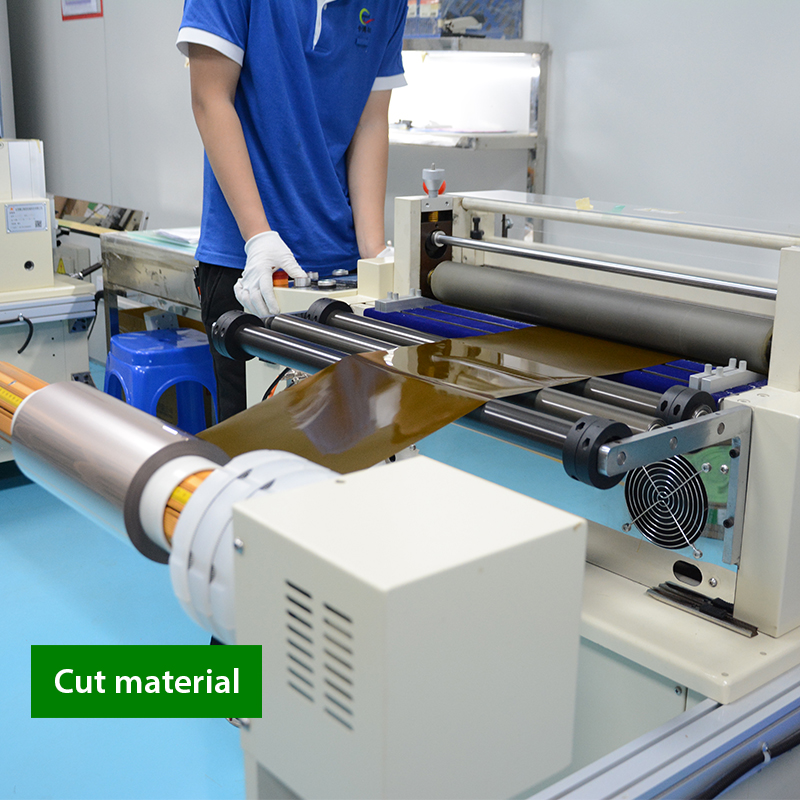In this blog post, we’ll discuss key considerations and guidelines for choosing the best materials for multiple PCB.
When designing and producing multilayer circuit boards, one of the most critical factors to consider is choosing the right materials. Choosing the right materials for a multilayer circuit board, including substrate and copper foil, can significantly impact the performance and reliability of the final product.
Understand the role of substrate
The base material is the foundation of multifunctional circuit boards. It plays a vital role in providing mechanical support, electrical insulation and heat dissipation within the circuit board. Therefore, choosing the right substrate is critical to ensuring the overall reliability and functionality of the circuit board.
When choosing a substrate for a multilayer circuit board, there are several factors to consider. The most commonly used substrates include FR-4, polyimide and ceramic materials. Each material has unique properties and benefits to suit different circuit board requirements.
1. FR-4: FR-4 is a widely used substrate known for its excellent electrical insulation properties and mechanical strength. It consists of a thin layer of epoxy resin reinforced fiberglass. FR-4 is cost-effective, readily available, and suitable for most applications. However, due to its relatively high dielectric constant and loss tangent, it may not be suitable for high-frequency circuit design.
2. Polyimide: Polyimide is ideal for applications that require flexibility, high temperature resistance, and excellent chemical resistance. It is a thermoplastic material that can withstand harsh operating conditions. Polyimide circuit boards are commonly used in the aerospace, automotive and medical industries where lightweight and compact designs are critical.
3. Ceramic materials: For special applications that require high thermal conductivity and excellent electrical insulation, ceramic materials such as aluminum nitride or aluminum oxide are the first choice. These materials have excellent thermal properties and can handle high power operation.
Evaluate Copper Cladding Options
Copper clad foil acts as a conductive layer in multilayer circuit boards. It provides electrical paths and connections between different components and circuits. When selecting copper clad foil, there are two main factors to consider: foil thickness and adhesive type.
1. Foil thickness: Copper clad foil comes in different thicknesses, typically ranging from 1 ounce to 6 ounces. Thickness determines the current carrying capacity of the circuit board. Thicker foil can handle higher current loads but may be limited in achieving finer trace widths and spacing. Therefore, it is critical to evaluate the current requirements of the circuit and select a foil thickness that will adequately meet the current requirements.
2. Adhesive type: Copper clad foil with acrylic or epoxy adhesive. Acrylic adhesive foils are more environmentally friendly, easy to process and cost-effective. Epoxy adhesive foils, on the other hand, offer better thermal stability, chemical resistance, and adhesion. The choice of adhesive type depends on the specific requirements of the application.
Optimize the material selection process
In order to optimize the material selection process for multiple circuit boards, the following guidelines must be considered:
1. Determine application requirements: It is critical to understand the operating environment, temperature ranges, mechanical stresses, and other conditions specific to the application. This information will guide the selection of materials that can withstand the required conditions.
2. Work with suppliers: Consulting with an experienced materials supplier or PCB manufacturer can provide valuable insights into selecting the most appropriate materials. They can provide advice based on their expertise and knowledge of the latest advances in circuit board materials.
3. Evaluate Cost and Availability: While performance and reliability are critical, it is equally important to consider the cost and availability of the materials chosen. Ensure that the selected materials are cost-effective and readily available in required quantities.
In summary
Selecting materials suitable for multiple PCBs is a critical step in ensuring the functionality, reliability and performance of the final product. Understanding the role of substrate and copper cladding, evaluating options based on specific requirements, and optimizing the selection process will help designers and manufacturers achieve the best results. By considering these guidelines, engineers can confidently select the correct materials for multiple circuit boards, resulting in successful and long-lasting product designs.
Post time: Sep-26-2023
Back








